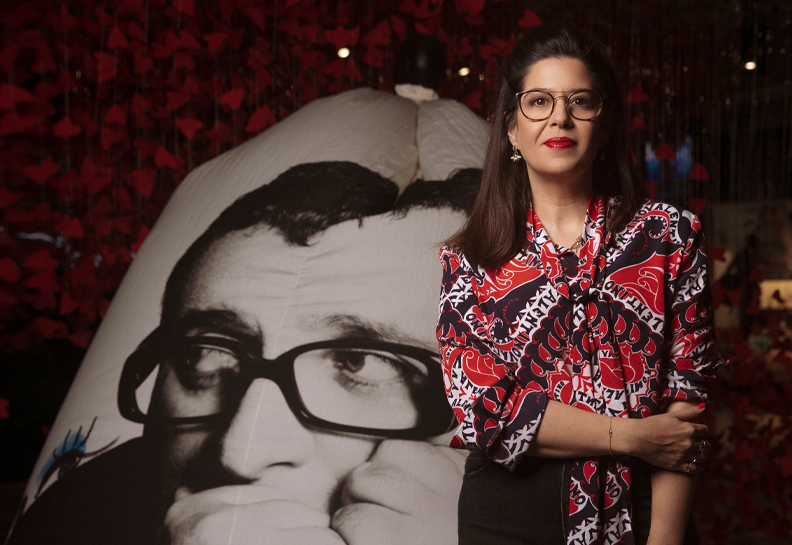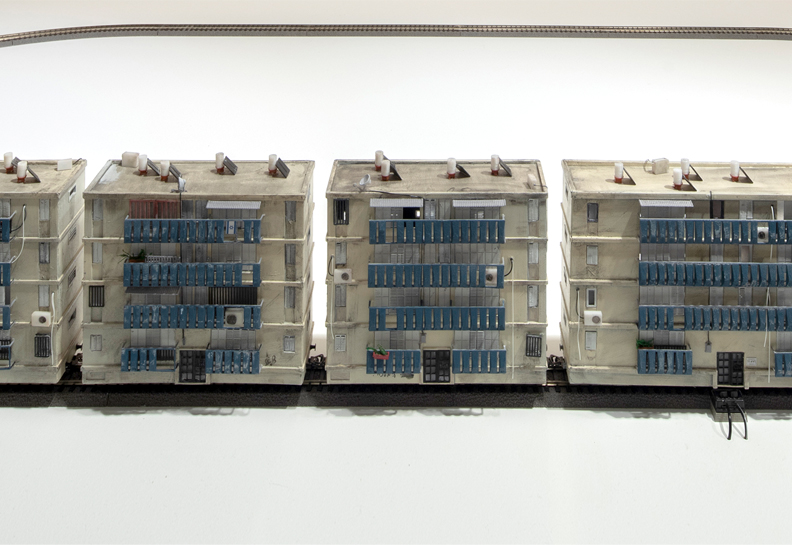Young designers, recent design school graduates, are becoming a part of one of the main trends noted by Li Edelkoort in her predictions for 2010-2050.
Young designers, recent design school graduates, are becoming a part of one of the main trends noted by Li Edelkoort in her predictions for 2010-2050.Our main response to the latest economic crisis, according to Edelkoort, is the growing need for authenticity, an attraction to things that are perceived as real. One example is the proliferation of organic markets throughout the major urban centers. These symbolize our desire to return to old-time values, to tradition, to the arts, to things that are authentic. We live separately, she says, but want to be together. In the future we will live in big cities as though we were farmers. Many millions are already doing this in the virtual world of Farmville.com, the domain that enables us not only to be and be seen, but also to sow and reap.Slow food and slow fashion are part of this movement, which is leading us toward a new lifestyle that is attempting to move away from the city and its intolerable stress levels, while still remaining either close to or within it.”Home Farming in the City” is the subject of a project by Maya Golan, a graduate of the Shenkar College of Engineering and Design Department of Industrial Design: a vertical, modular growing structure, suitable for small spaces, and with an economical irrigation system.
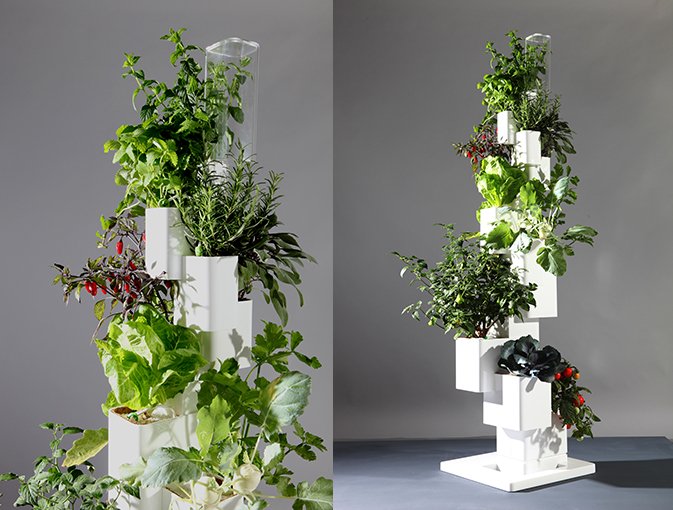
“Grow Eat” by Keren Levant from Shenkar’s Department of Industrial Design is also a home vegetable growing kit that contains not only a plant pot, watering can, and seeds, but also vegetable molds. This refreshing kit, designed for children living in city apartments, enables them to grow vegetables with surprising and unusual geometric shapes.
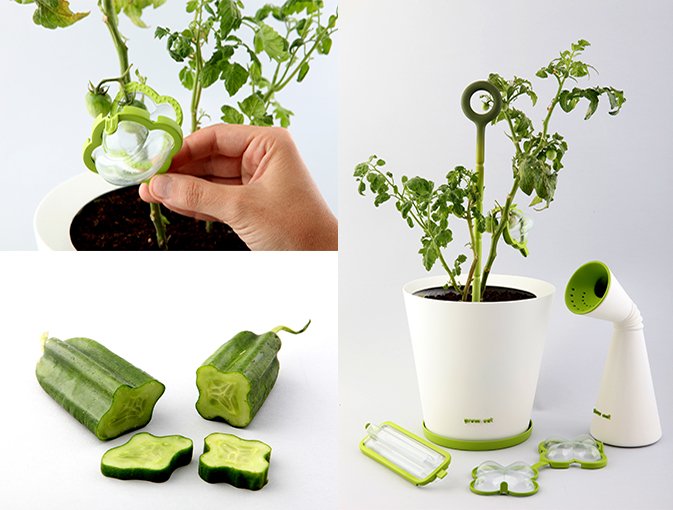
The interaction between human beings and plants was the source of inspiration for the gardening therapy currently in use in numerous hospitals. Magda Rok, a graduate of the Hadassah Academic College Department of Inclusive Industrial Design, has taken this interaction a step further and brought Nature into patients’ rooms by means of a portable floating garden.
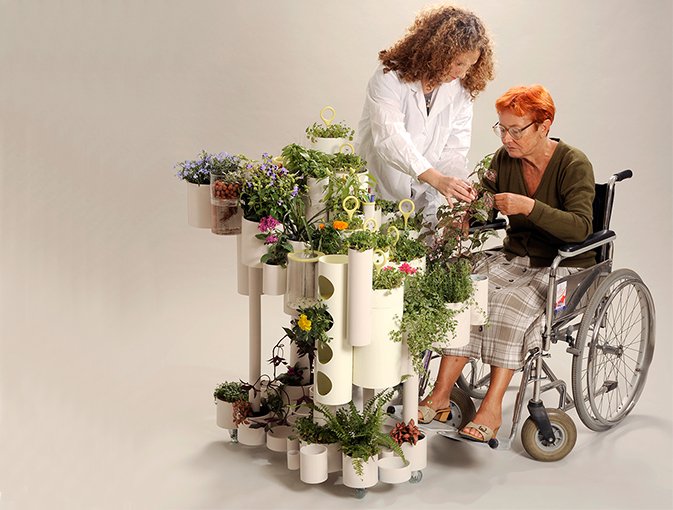
Her enchanting and aesthetic touch with plants is also manifested in another of her projects from a course on wood in different cultures.
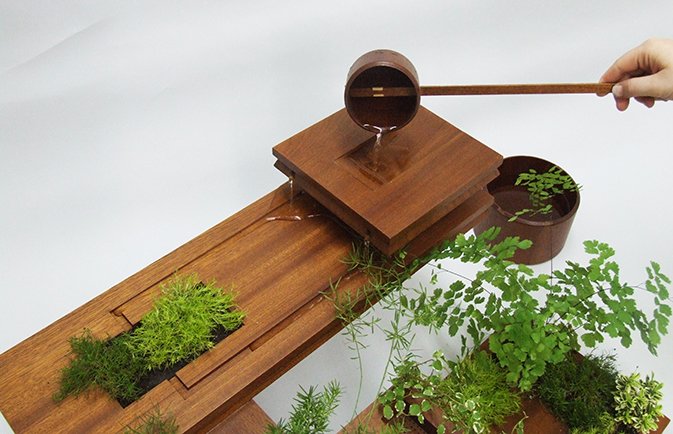
Edelkoort predicts that ultimately it will be possible to engineer design and grow furniture in a symbiosis of technology and biology (which we are increasingly witnessing in recent years).
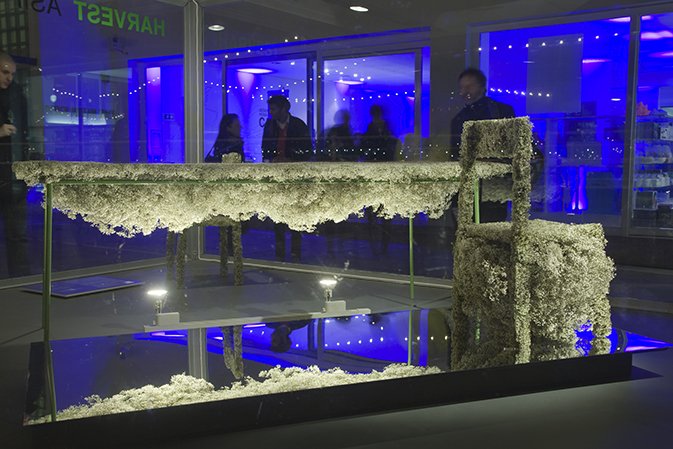
This will result in greener cities and a more contemporary countrysideIncidentally, a mesmerizing example of this fusion between Nature and city, old and new, organic and inorganic, can be seen in “Moss House”, designed by the Japanese Nendo Design Group in 2005. They renovated an old wooden house in a neighborhood near Tokyo’s Shibuya River. To connect the interior of the house with the view from its windows they imitated the appearance of the mosses growing on the riverbank. Since they did not want to use wallpaper, which imitates nature through a two-dimensional representation of it, but did not want to clad the walls entirely with moss either, they applied the moss in a pattern that looked like wallpaper, creating an ambiguous texture that is neither artificial nor natural.
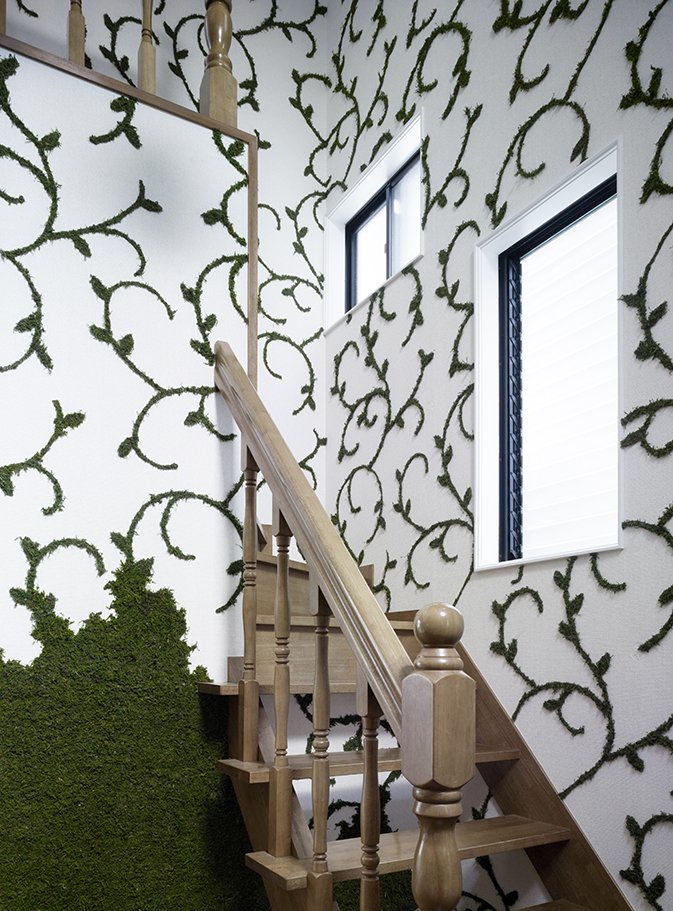
An expression of the symbiosis between technology and the natural world is provided by Omer Deutsch, a graduate of the Shenkar College of Engineering and Design Department of Industrial Design, in a product that is a computer-plant hybrid. The computer is delivered to the customer’s home complete with soil and germinated seeds, and functions not only as a computer but also as a friendly habitat.
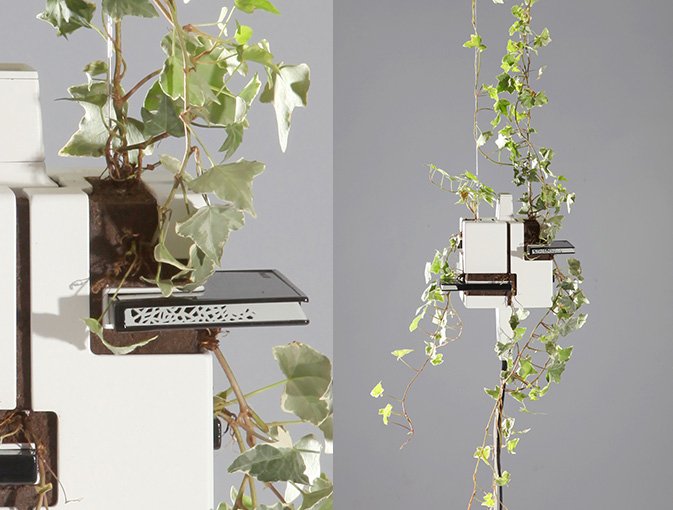
In the meantime, until such time as cities become cleaner and greener, Ivtzan Haroun has designed an air filtration and enrichment system containing single-celled algae. The system, which serves as a membrane separating exterior from interior, enables the algae to feed on the polluted carbon and emit oxygen into the room.
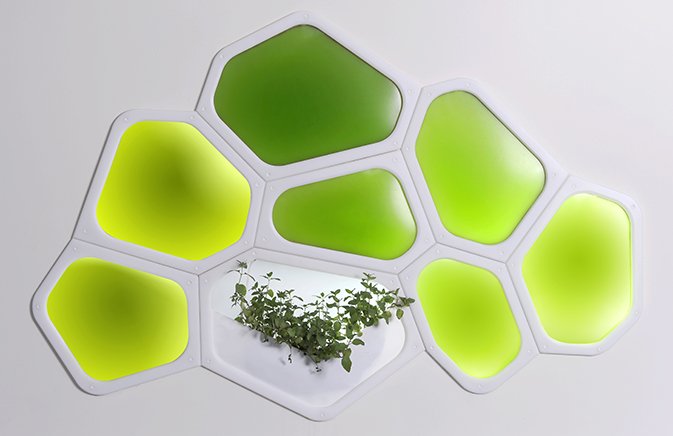
While the tools designed by Itay Laniado of the Bezalel Academy of Art and Design Department of Industrial Design are not intended for use in a two-bedroom apartment in the city center, they certainly give country life a contemporary appearance.
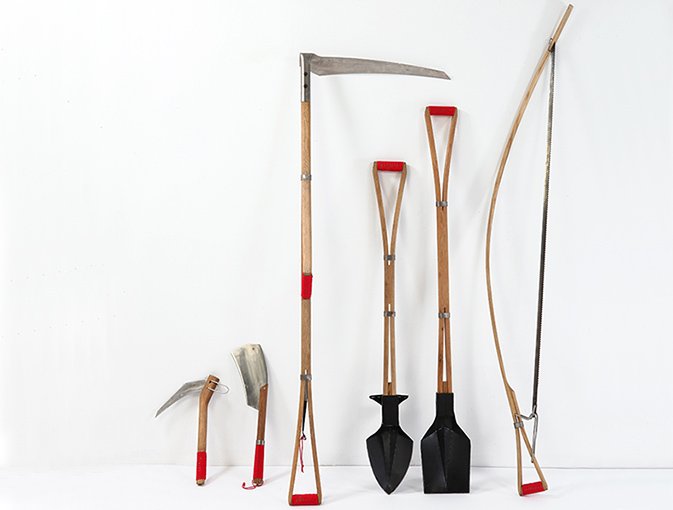
The era of intensive industrialization and accelerated virtuality will be followed, one hopes, by a return to nurturing and conserving the one thing that will become increasingly precious for us – soil.Mindful of the merits of playing with soil, Noa Himmelfarb of the Bezalel Academy of Art and Design Department of Industrial Design designed a series of toy animals made of soil, whose bodies are encased in colorful plastic molds.
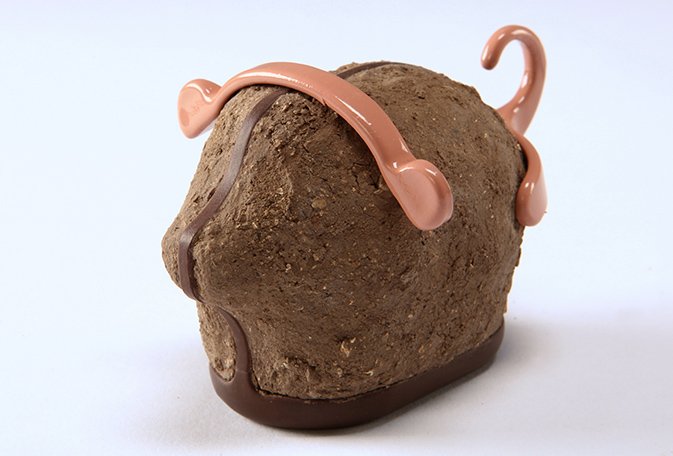
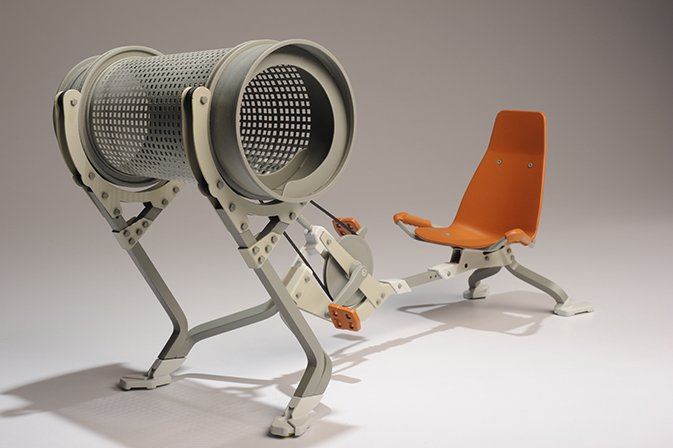
Nir Beit-Av has designed an advanced, high performance outdoor solar cooking solution in which cooking, boiling, and baking are achieved by means of concentrated sunlight, with no electricity or fuel.
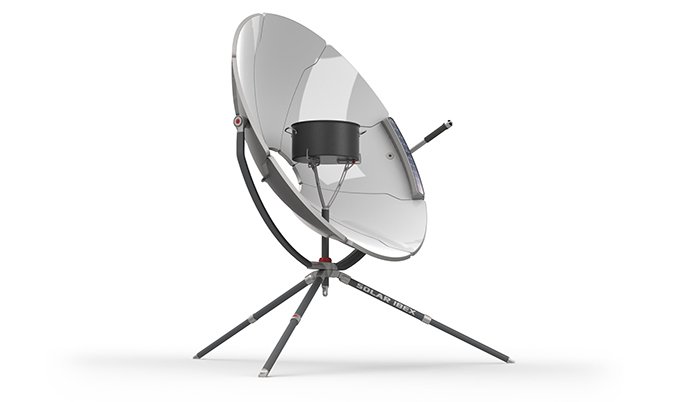
But the most amusing interpretation of our urban longing for living with nature was provided by Dikla Dinur of the Holon Institute of Technology Department of Design. While her project, “Urban Dovecote” (not her final project) comprises only a nail and a slice of bread, it is, to all intents and purposes, a dovecote.
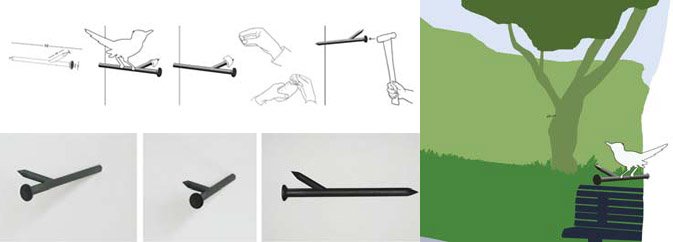
– For the first article in the series click here– For the last article in the series click here
